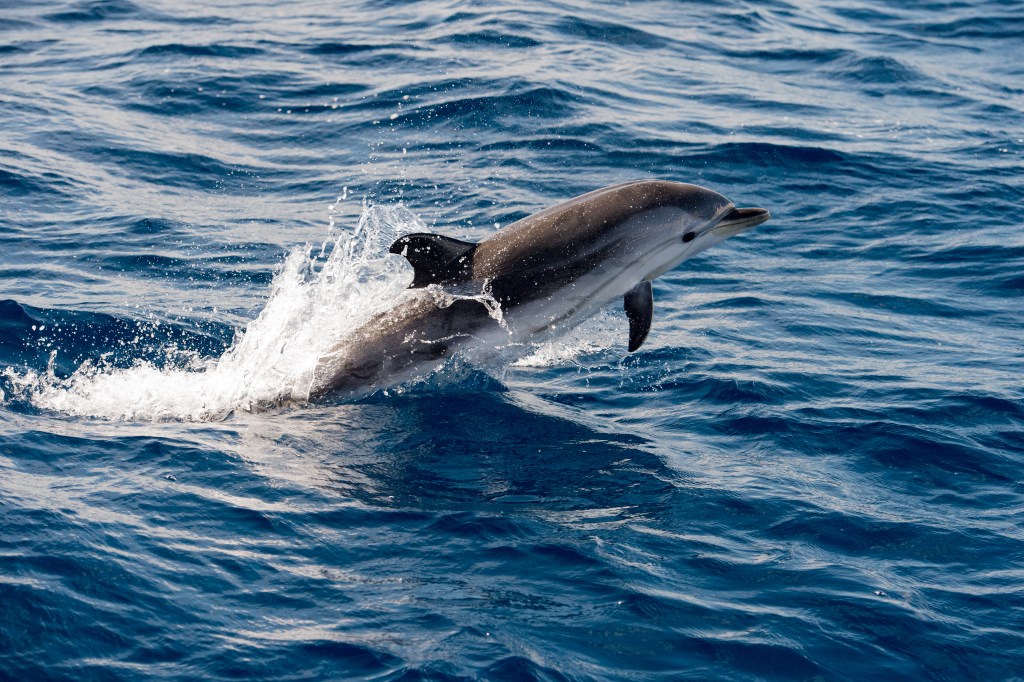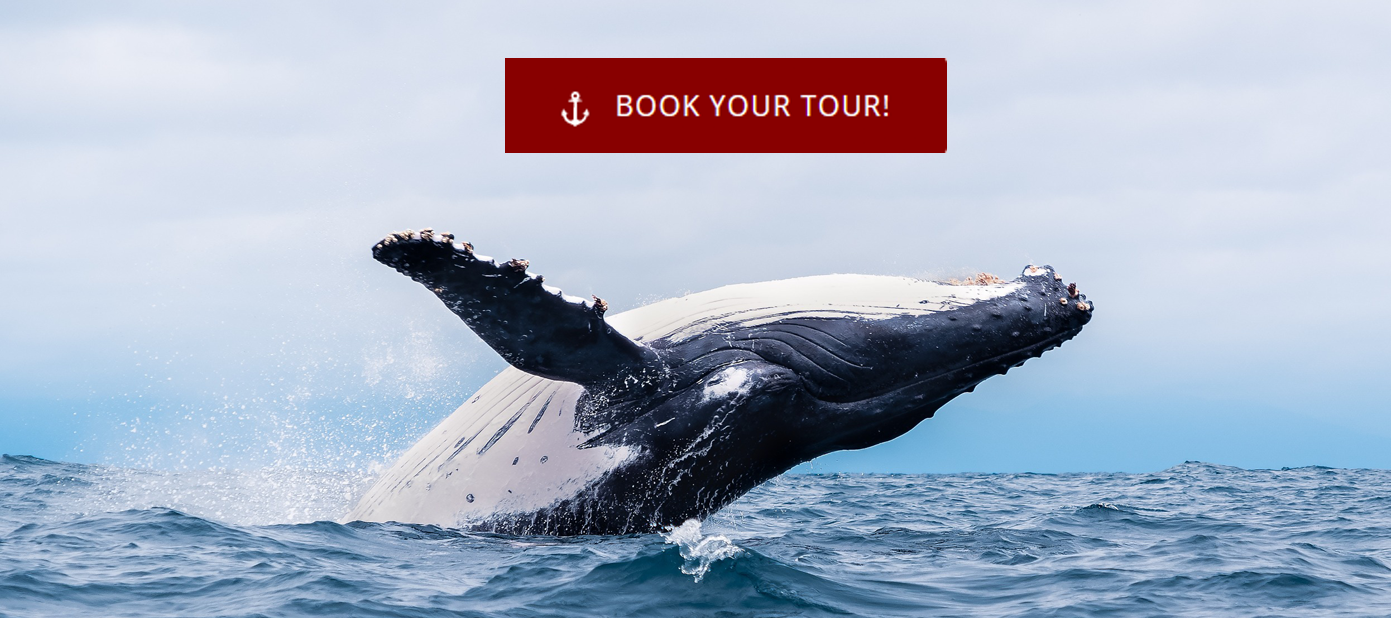History of Whale Watching
What is Whale Watching?
Like bird watching, whale watching is the act of observing whales in their natural aquatic habitat involving participants who stand at the end of a pier or on a boat deck viewing marine mammals as they swim up near the ocean’s surface.
Whale watching is commonly an enjoyable experience for most as it serves as an educational way to study the majestic species up close without damaging or interrupting their habitat. Most often, biologists and researchers utilize whale watching opportunities to examine the behaviors, social structure and migration patterns of each whale family. Aside from research, whale watching has evolved as a popular hobby or pastime for adventurers around the world. Since whales travel all around the world, people can also travel around the world, spotting whales at their various destinations.
For instance, adventure seekers can travel to Alaska to see the gray whales when they are feeding on the bottom of the ocean. Folks can then travel down the coast, making stops along the way to see the gray whales as they migrate close to shore. Popular destinations include Big Sur and San Diego. Adventure seekers can then continue to travel across the border to find the birthing and breeding grounds of these wonderful creatures in the shallow lagoons of Mexico. Traveling alongside the gray whale migration is just one example.
There are around 40 types of whales and many of the species are accessible for viewing. Some of the most popular ones include the blue whale, humpback whale, bowhead whale, gray whale, fin whale and minke whale. All whales have different migration patterns and they travel at various times during the year. While whale watching, it is likely to encounter several other members of the sea other than these gentle giants, including bottlenose and common dolphins.
Developing countries put a lot of focus on whale watching tourism as they look to bring awareness to their nation and contribute to their economies by reeling in more overall capital. Whale watching has become ecologically profitable for a wide array of countries bringing awareness to the current state of endangered whale species to millions of tourists. Some whale watching companies use a percentage of their income to contribute to whale watching conservations and awareness programs aimed at protecting all whales. These organizations help whales recover from an endangered status while trying to improve laws in order to protect oceanic animals and stop them from becoming extinct.

Organized whale watching in the United States dates back to the year 1950 at the Cabrillo National Monument in San Diego when the destination was declared a public venue for observing the migration of Gray Whales attracting 10,000 visitors the first year.
Whale watching history consists of the first water-based whale watching event which commenced at Cabrillo in 1955, charging customers $1 per trip to view the whales more closely. The exhibition proved its success with the number of visitors growing each year. Over the following decade, the whale watching industry spread throughout the western coast of the United States becoming one of the highest ranking tourist activities in the region. By 1971 the Montreal Zoological Society decided to commence the first commercial whale watching activity on the eastern side of North America. The group offered trips in the St. Lawrence River to view Fin and Beluga Whales.
Whale watching continues to grow in popularity as humans are becoming more educated about these beautiful animals. gaining even more attention in current times as whale endangerment has become a growing concern for multiple species.
Where Can I Go Whale Watching?
Ideal whale watching destinations are located worldwide but some of the best spots land in the Southern California region due to the annual migration route of Gray and Blue whales. San Diego is ranked one of the prime areas in the world for top notch whale viewing, no matter the season. Next Level Sailing located in San Diego provides a favorable viewing experience for hopeful tourists receiving a 100 percent success rate last year. Next Level Sailing gives visitors a once in a lifetime experience, to sail with the whales aboard a beautiful historic yacht.

